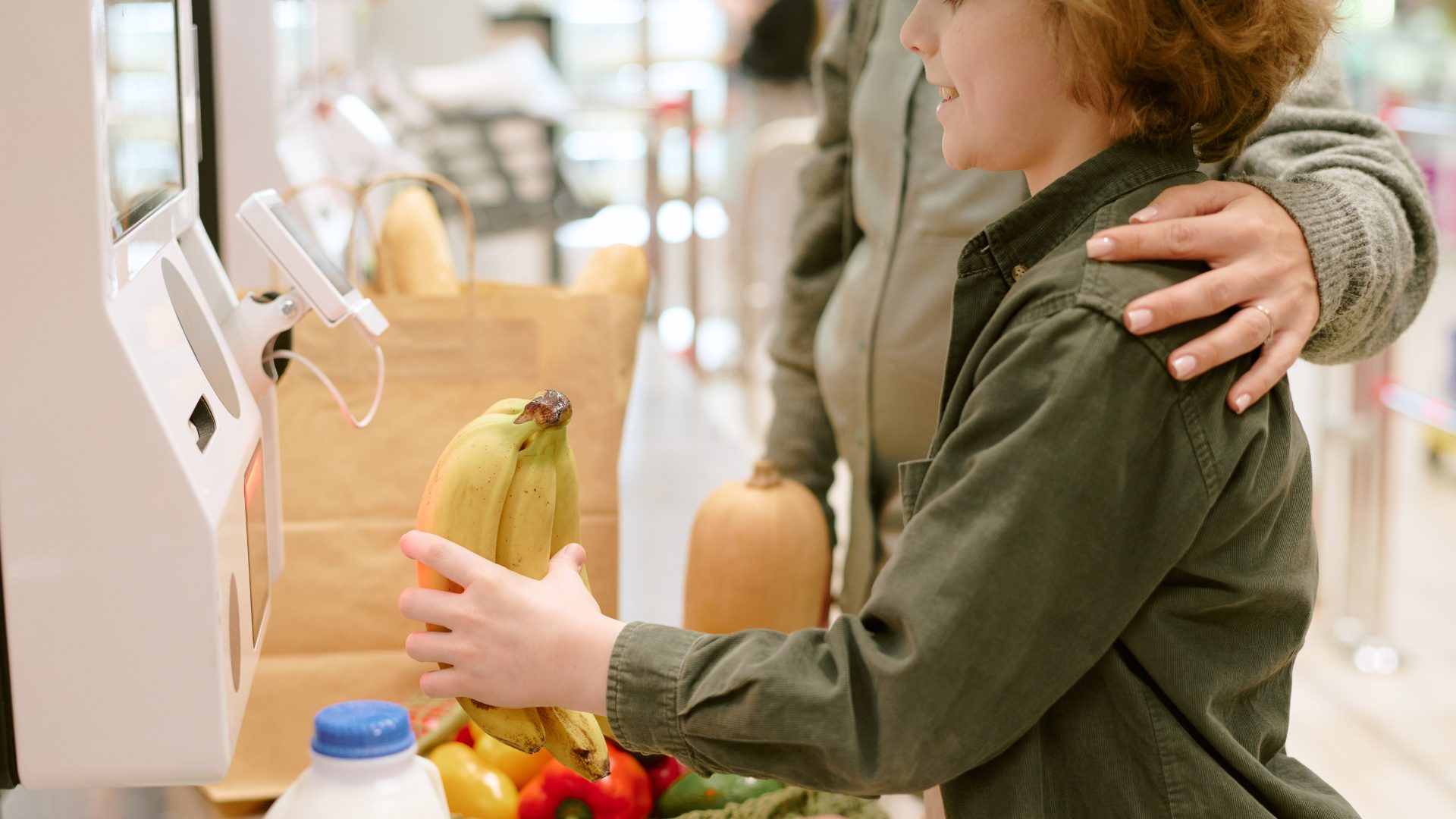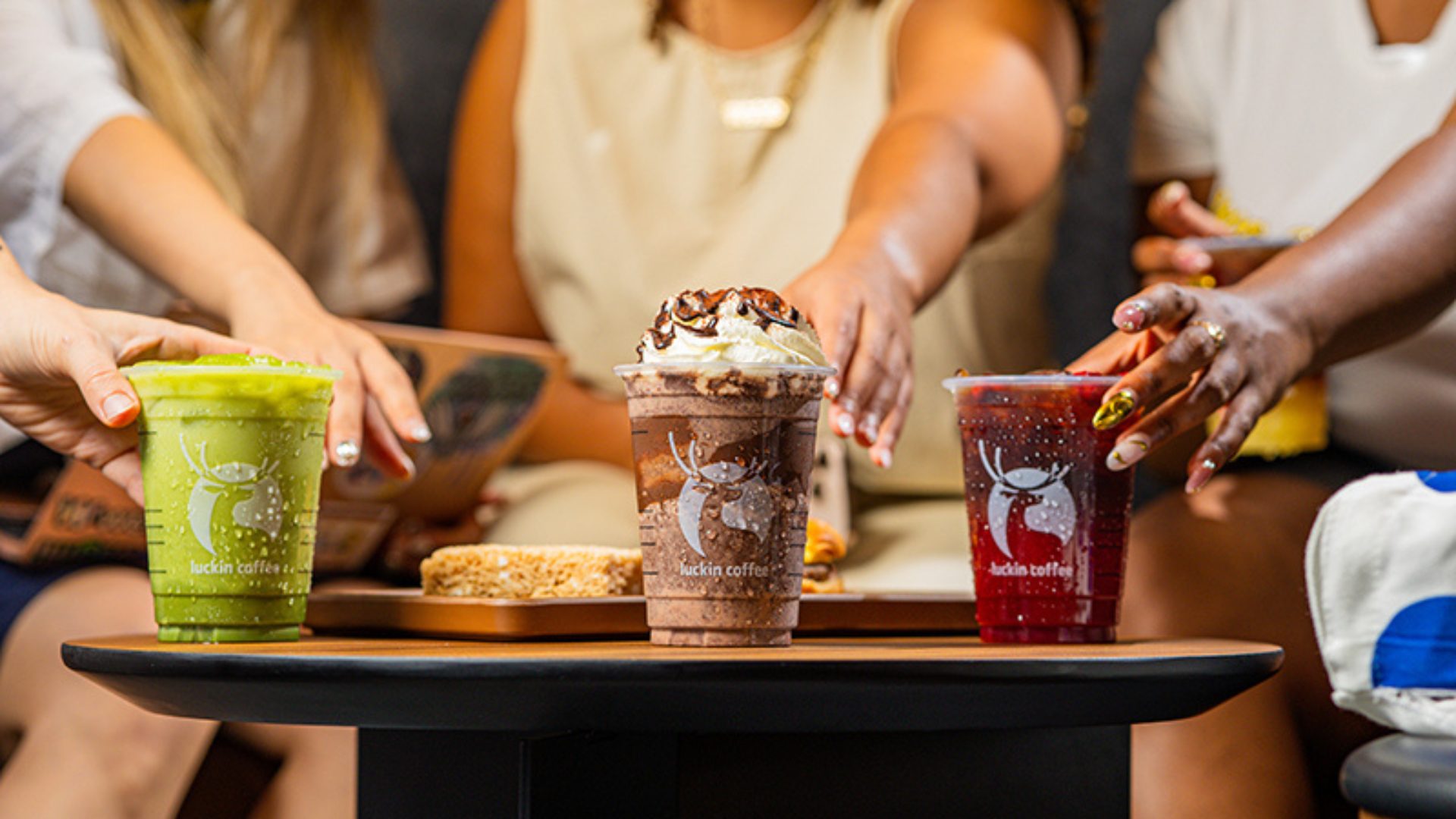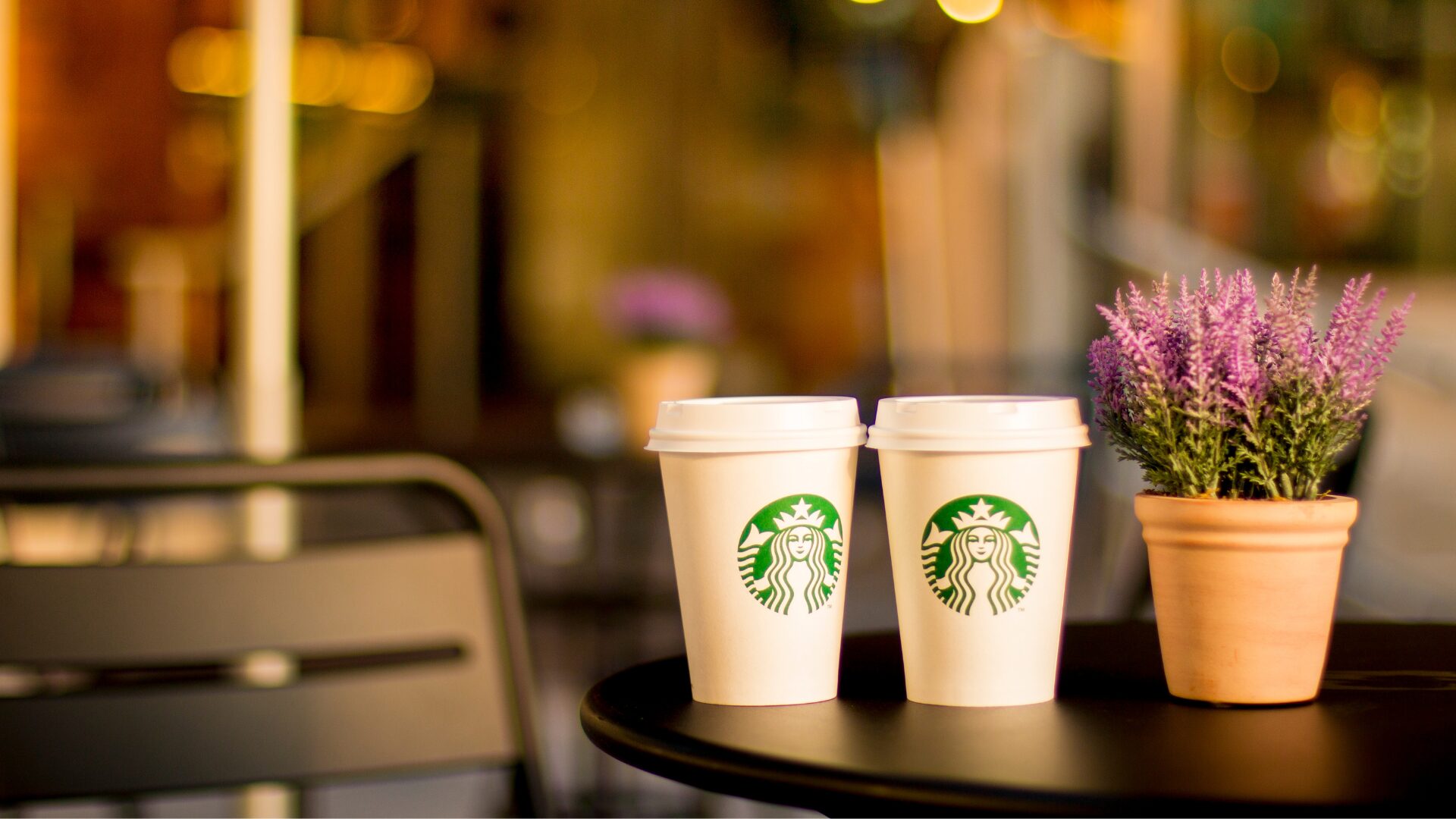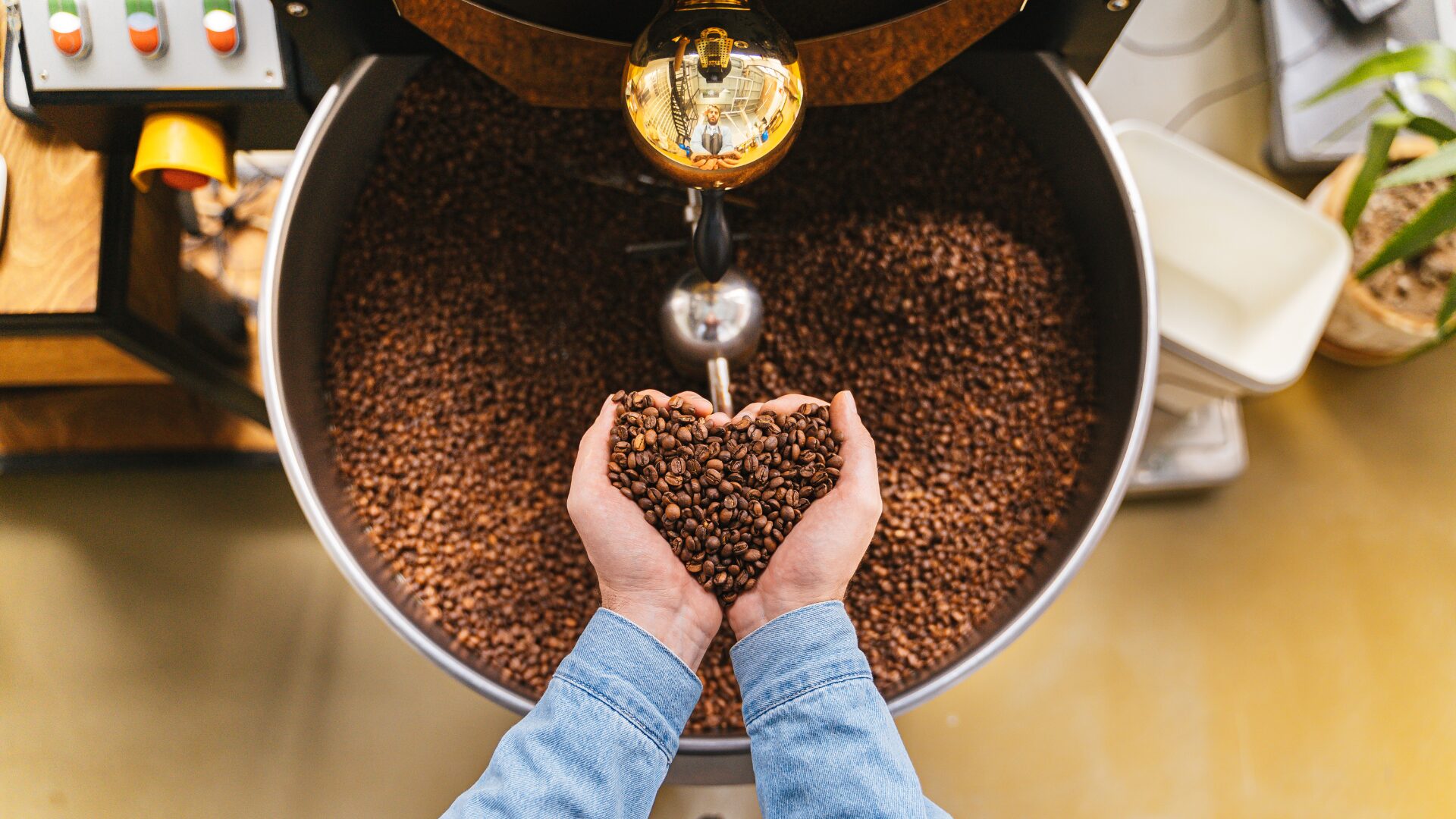Drought and severe frost this year savaged the Brazilian coffee crop, pushing commodity prices up as reports surfaced the bean supply never has been lower.
Brazil is the world’s biggest producer of beans and has been for nearly 200 years. In 2020, it produced nearly a third of the world’s supply and last year exported 42.4 million 60-kilo bags of green coffee, worth $6.4 billion, the government said earlier this year.
For 2022, Brazil’s food supply agency, Conab, lowered its coffee crop forecast to 50.38 million bags in a year that had been expected to produce a bumper crop, Reuters reported recently. There’s a two-year cycle for the crop, and though production is up from last year, this year’s crop falls short of the 63.08 million bags produced in 2020.
Silas Brasileiro, president of the National Coffee Council, told Bloomberg that Brazil may have just 7 million bags of beans on hand by March. Analysts said an adequate level would be in the 9 million to 12 million bag range. Bloomberg said stores of Arabica beans are at a more than two-decade low at port warehouses cited by the ICE Futures U.S. exchange at a time when global demand is increasing.
But whether the slim supplies and resulting higher prices will impact U.S. consumption is questionable.
“Coffee is no different from any other commodity, except that it probably has a bit less elasticity because people are hooked on it,” Daniel Levine, director of the trends consultancy firm The Avant-Guide Institute, told The Food Institute. “I would expect that as prices rise, drinkers will reduce their use, at first slowly, then all at once,” switching to such alternatives as chicory coffee and various teas and infusions.
The National Coffee Association reported in 2020 that 70% of Americans have coffee every week, and 66% are daily drinkers who imbibe an average of about three cups a day. Consumption hit a two-decade high last spring, NCA said, with consumption of espresso-based beverages up 30% from the start of the pandemic, and specialty coffee consumption at a five-year high.
Asser Christensen, founder of The Coffee Chronicler, said he doesn’t expect the limited supplies to have much impact on less expensive coffee blends or instant coffees, which rely more heavily on lower-grade Robusta beans. The Robusta crop was less heavily impacted than the higher-end Arabica crop.
Jules Winnfield, who owns Thecupcoffeehouse.com, said it’s hard to predict where coffee prices will go, given that the U.S. is in a technical recession and inflation already is at a 40-year high.
“People with no jobs tend to not spend on coffee or other discretionary items. This means less demand and [that] may keep prices stable despite the supply shocks,” Winnfield said. “But coffee is one of those things that tends to be sticky for consumers. They buy it even if they have no money.
“So, the truth: No one really knows what’s going to happen in the short term,” Winnfield added.












